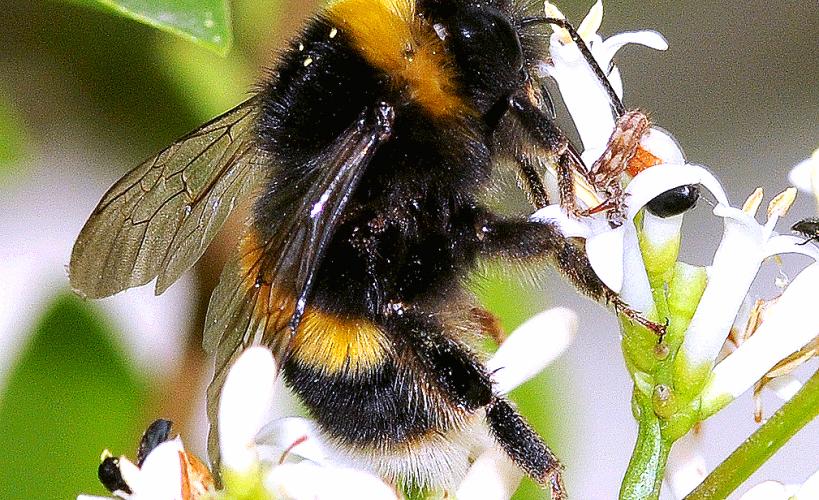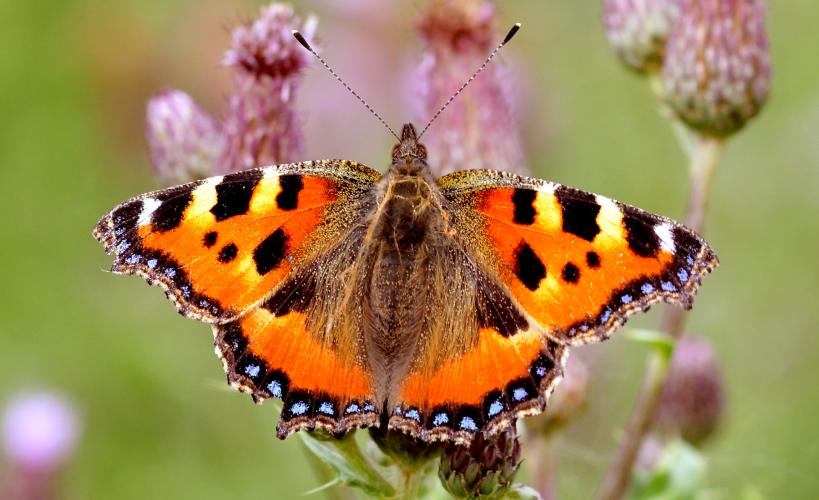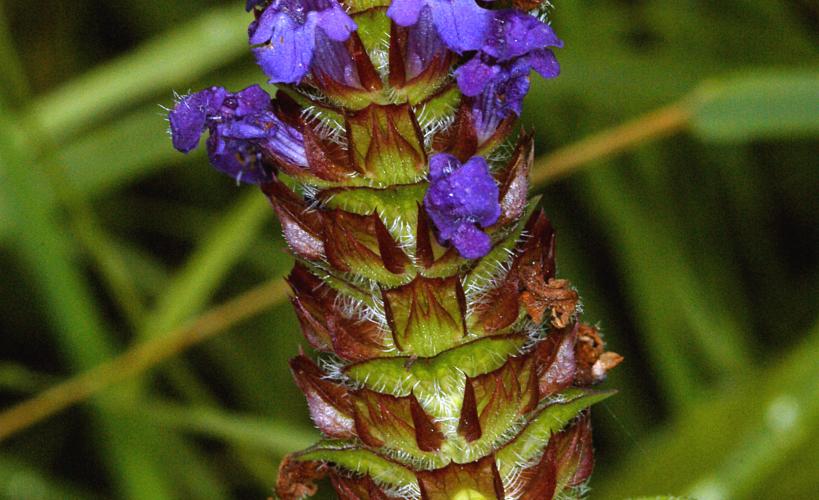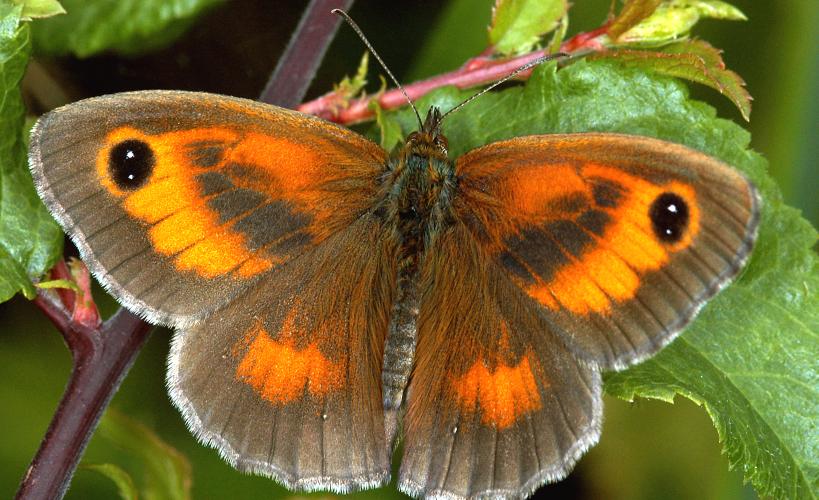Our Wildflower Meadows
Hertfordshire County Council’s Countryside and Rights of Way Service have been working in partnership with East Herts District Council to create new wildflower meadows. These areas have been carefully chosen so that they do not impact existing facilities. Wildflower species that might be seen in some of these wildflower meadows include, yarrow, common knapweed, wild carrot, lady’s bedstraw, rough hawkbit, oxeye daisy, cowslip, yellow rattle, self heal, and red campion.
Wildflower meadows need careful management in order to maintain their diversity and keep nutrient levels low. This is carried out by cutting and removal of vegetation in later summer on an annual basis. However, other types of management can be seen across the meadows.
- Regular mowing during year one after sowing to control the growth of nettles, whilst allowing wildflowers to produce leaves and then flowers in year two.
- From year two onward the areas will be mown on an annual basis in late summer or early autumn.
- Volunteer addition of yellow rattle seeds in the autumn.
- Volunteer weed control on selected sites as required.
- Monitoring and rapid grassland assessments
Look out for the wildflowers in the following sites:
- King George V playing field, Ware
- Millmead, Hertford
- Parsonage Lane, Bishops Stortford
- Sadlers Farm Open Space, Hertford
- The Bourne Open Space, Ware
- The Shearers Field, Bishops Stortford
- Vantorts Close, Sawbridgeworth
- Lady Margaret Gardens, Ware
- Please let me know if you have any more





